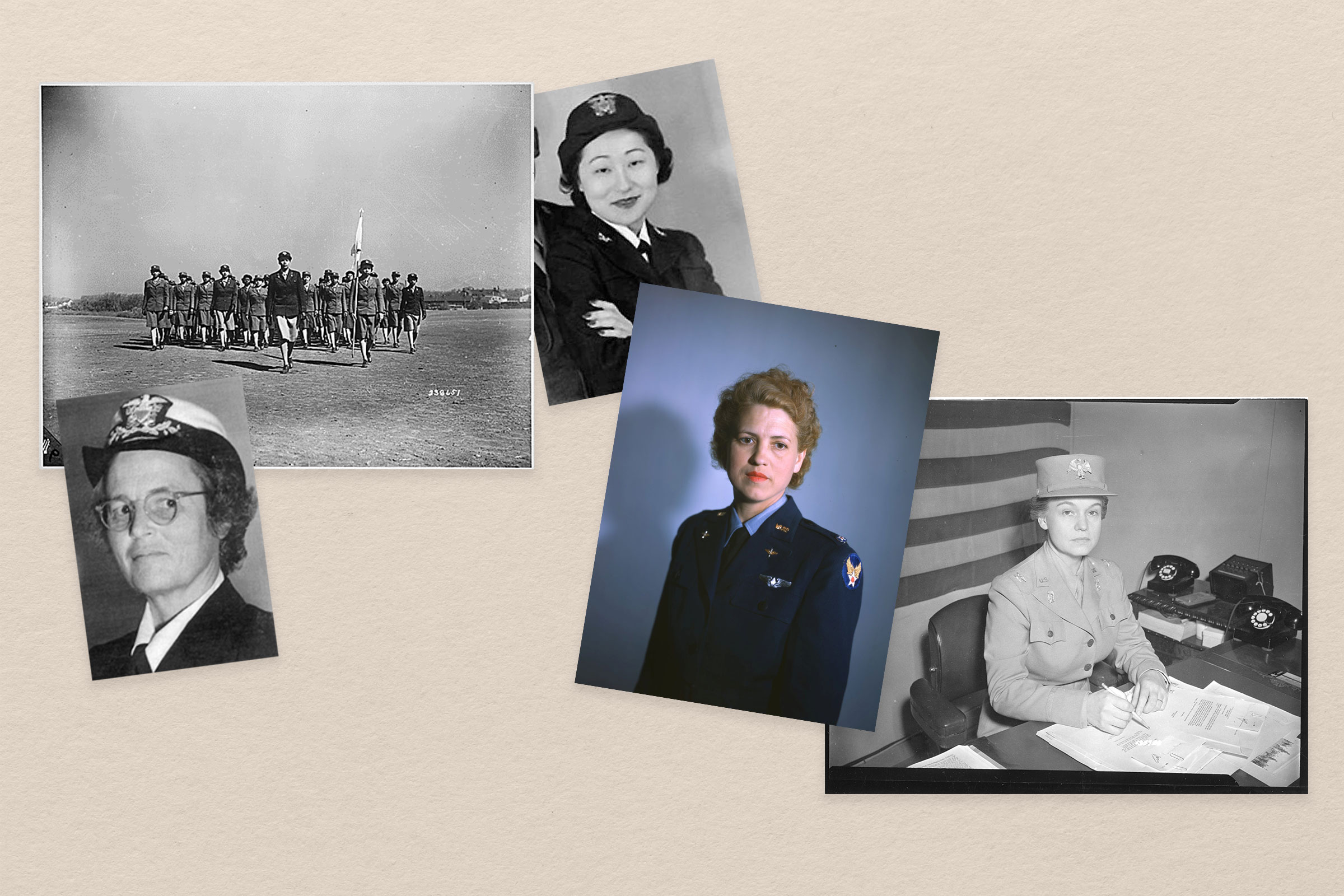
When most people think of women's contributions to World War II, the Rosie the Riveter poster is probably the first thing that comes to mind. But many of the women crucial to the war effort do not have that kind of household name recognition. About 350,000 American women served in uniform—roughly the size of the active duty Navy today. They did everything from fixing planes and tanks to drawing maps to help horses get through the woods of Normandy.
A new book out today, Valiant Women: The Extraordinary American Servicewomen Who Helped Win World War II, serves as an encyclopedia of key women who served in the war. “They were at the heart of the support operations that essentially underwrote Allied victory,” author Lena S. Andrews says. “War is not just the frontline. It is everything. It is everything that gets those soldiers to the frontline.”
These are five of the most influential women during World War II.

Oveta Culp Hobby
Andrews describes Hobby as the most famous woman in the U.S. military back then. When the Japanese bombed Pearl Harbor in 1941, she was running the Women’s Interest Section of the War Department’s Bureau of Public Relations (which an Ohio newspaper condescendingly described as summarizing "the activities of Mars to the wives, sweethearts, and mothers.”) She then oversaw the Women's Army Corps, traveling nationwide to encourage women to enlist. After the war, she became the second female cabinet member in U.S. history, managing the newly-created Department of Health, Education, and Welfare in President Dwight D. Eisenhower’s administration.
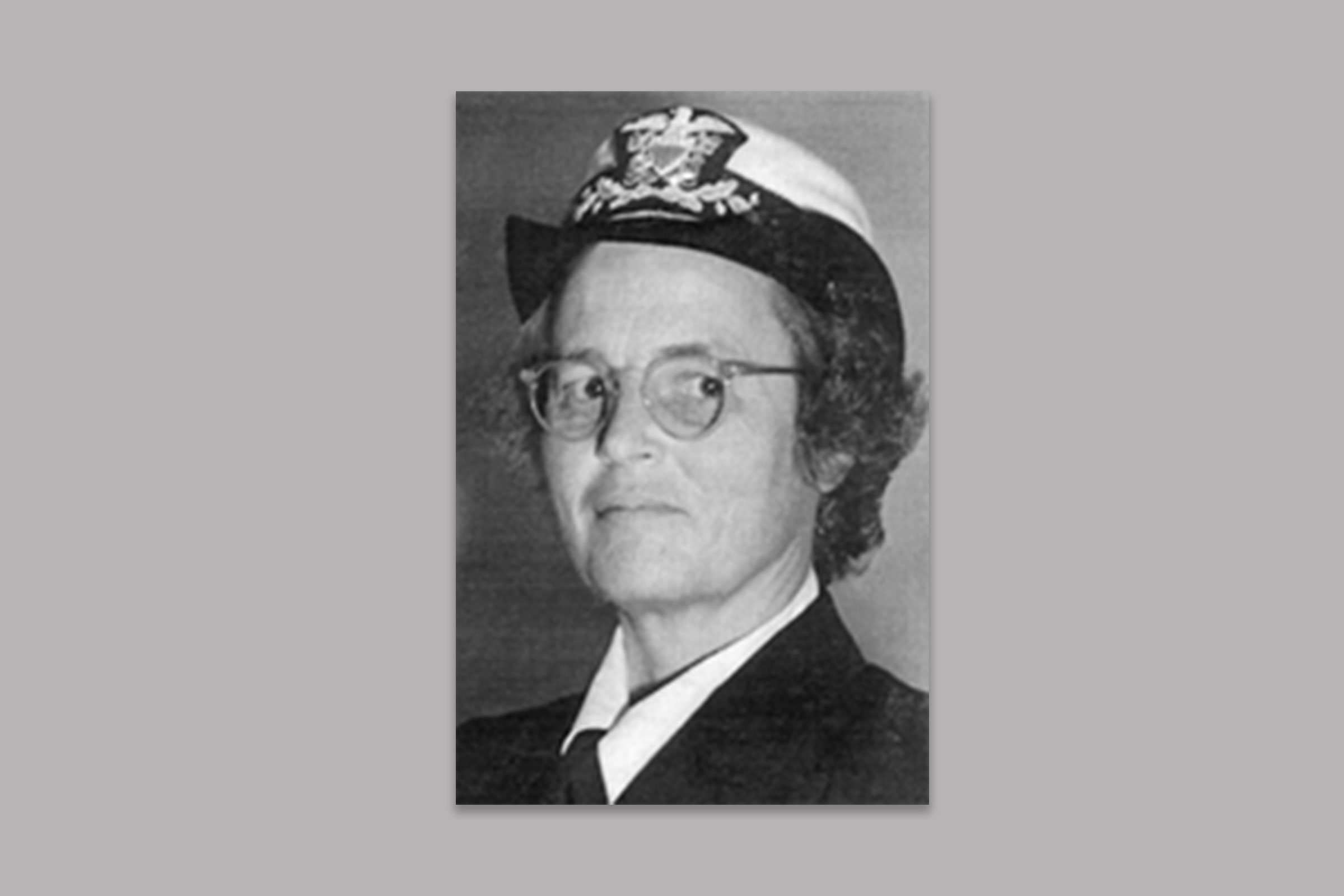
Mary Sears
Sears was a scientist who earned three degrees from Radcliffe (now part of Harvard), including a PhD in zoology. She worked in the Naval department’s now-defunct Hydrographic Office, responsible for mapping the Pacific Ocean and advising admirals on where to land their ships. The Navy relied on her to help understand the tides and the beaches that officers would be facing in the Pacific. Andrews says Sears is now considered a “mother of oceanography" for her work during the war.
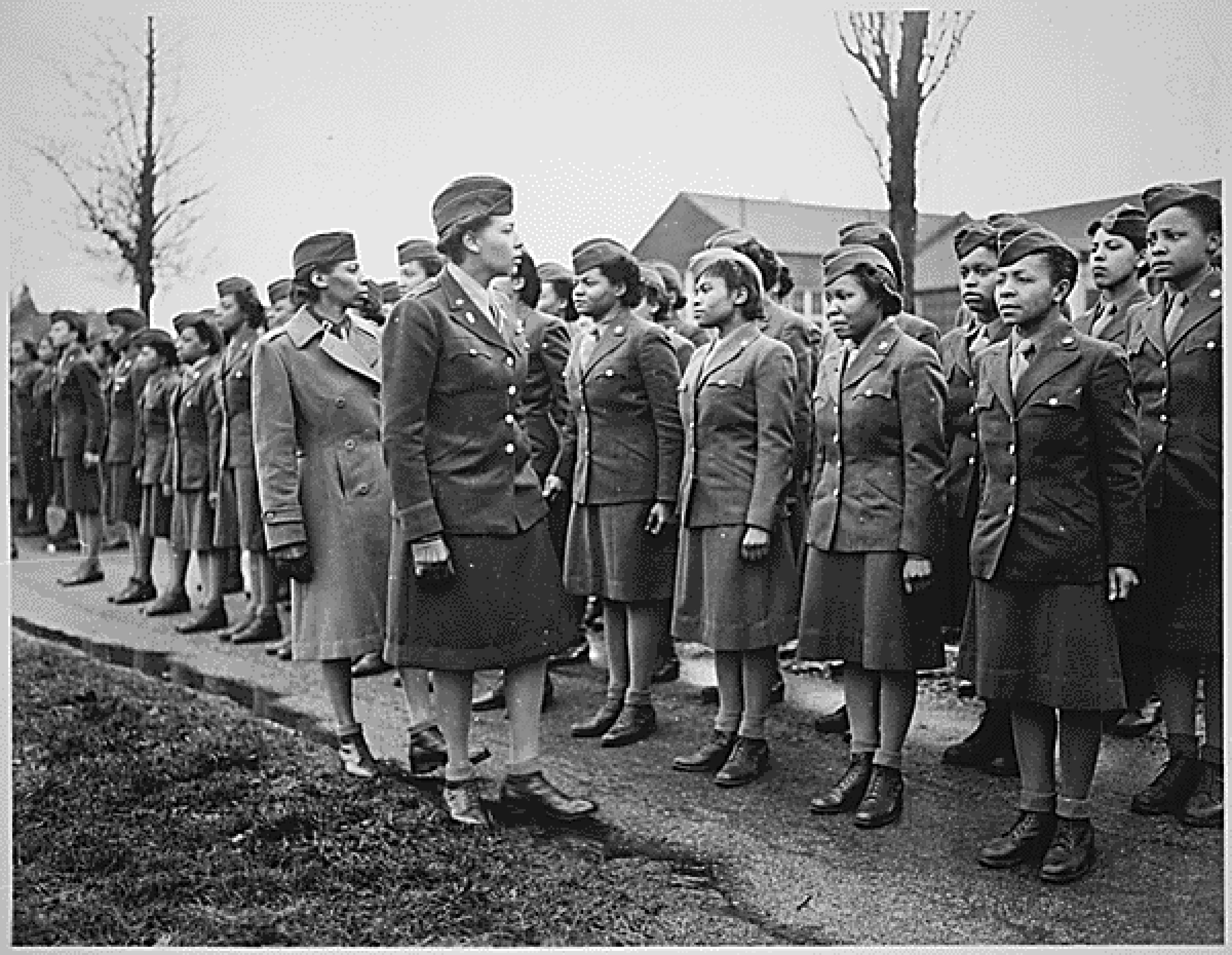
Charity Adams
A member of the Women’s Army Corps, Adams ran the 6888th Central Postal Directory Battalion, the largest unit of Black Army women to serve overseas. The unit was responsible for delivering mail from the home front to the troops fighting in Europe. “They clear the backlog faster than any civilians or military personnel who had been there before,” says Andrews.
Read More: 5 Black World War II Heroes to Know
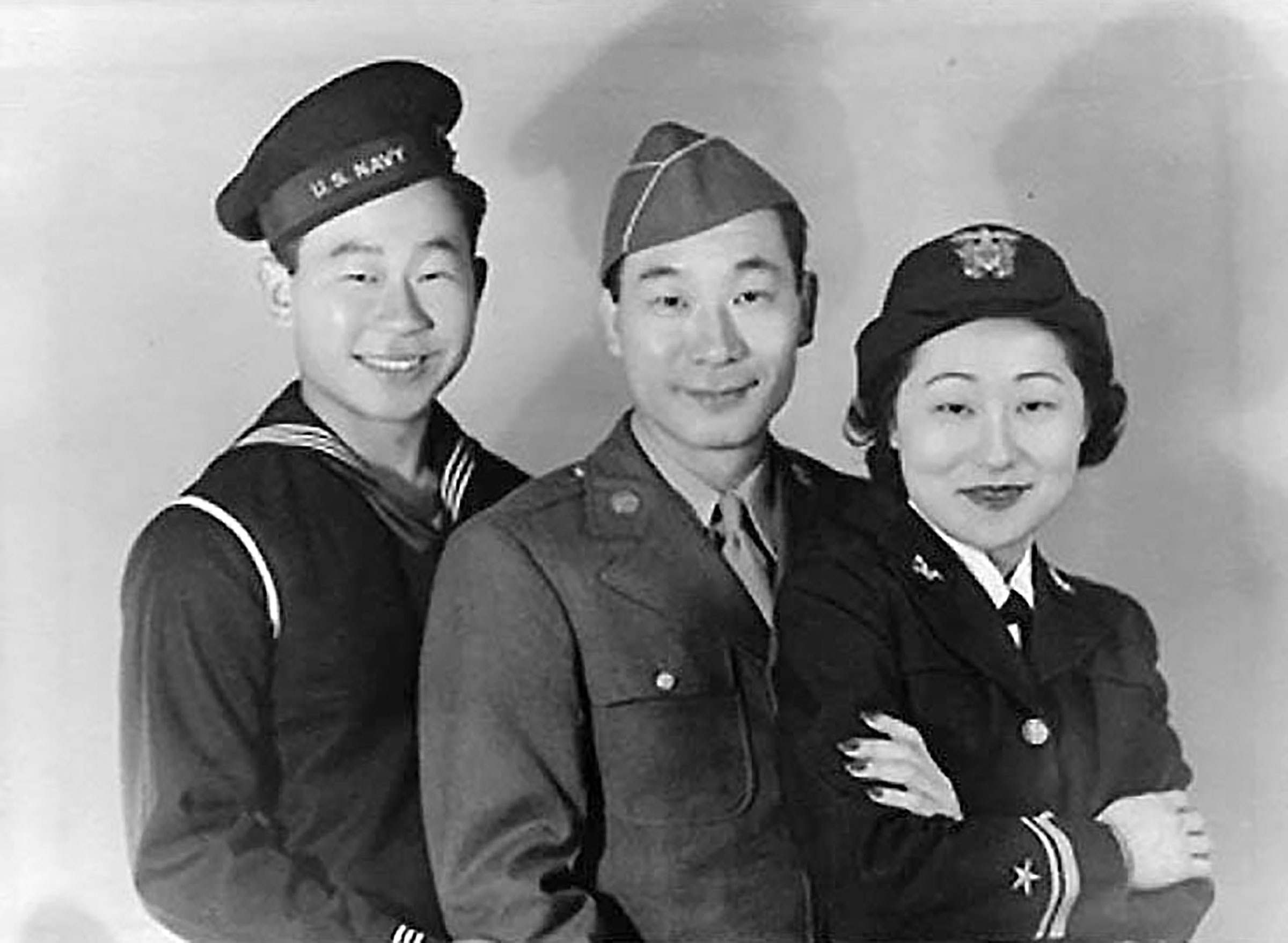
Susan Ahn
Ahn was one of the few Asian American women who rose up in the military ranks. She helped train naval aviators to fight in the Pacific via a flight simulator and taught them how to handle machine guns. “She’s the epitome of how important women were for training men to actually do the combat tasks that they needed to…survive,” says Andrews.
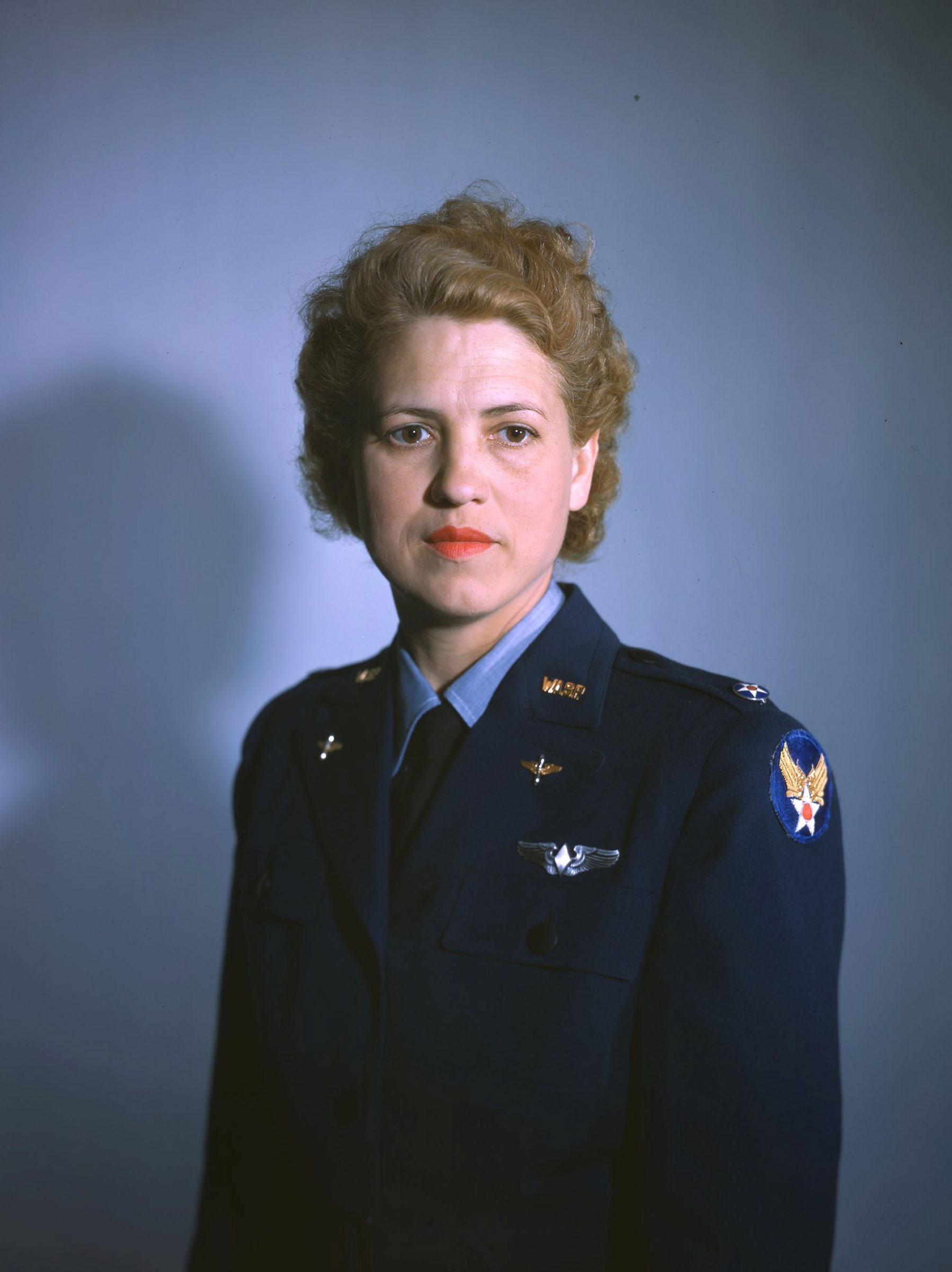
Jacqueline Cochran
Cochran headed up the Women's Airforce Service Pilots (WASP), made up of more than 1,000 women who were some of the most talented fliers in the country. Before the war started, Cochran was likened to Amelia Earhart. "They were competitors," says Andrews.
Among the star WASP pilots was Ann Baumgartner, the first woman to fly a jet plane. She flew the newest and most advanced equipment that would be deployed later in the war and even flew the B-29 Superfortress, the same plane that dropped the atomic bombs over Hiroshima and Nagasaki in August 1945.
Correction, August 1
The original version of this story misstated biographical details of two female World War II heroes. Ann Baumgartner was the first woman to fly a jet plane and test the B-29 Superfortress, not Jacqueline Cochran. And it was Cochran who headed up the Women's Airforce Service Pilots, not Baumgartner.
More Must-Reads from TIME
- Why Biden Dropped Out
- Ukraine’s Plan to Survive Trump
- The Rise of a New Kind of Parenting Guru
- The Chaos and Commotion of the RNC in Photos
- Why We All Have a Stake in Twisters’ Success
- 8 Eating Habits That Actually Improve Your Sleep
- Welcome to the Noah Lyles Olympics
- Get Our Paris Olympics Newsletter in Your Inbox
Write to Olivia B. Waxman at olivia.waxman@time.com